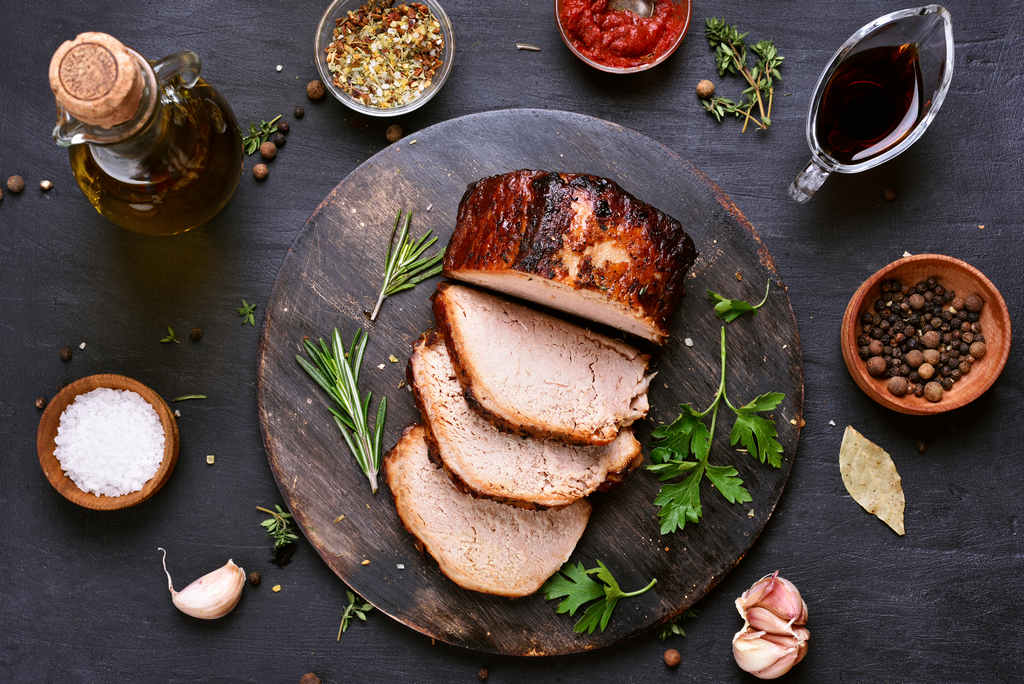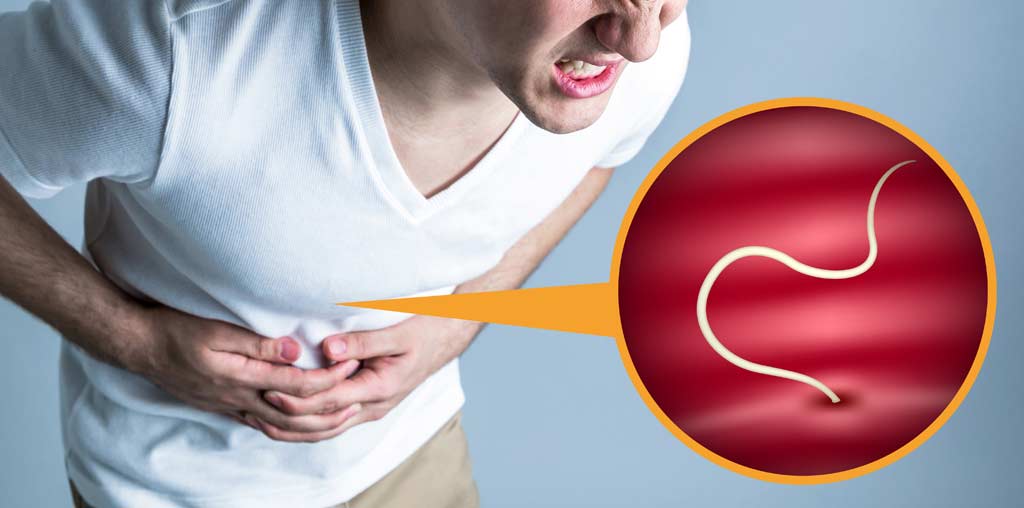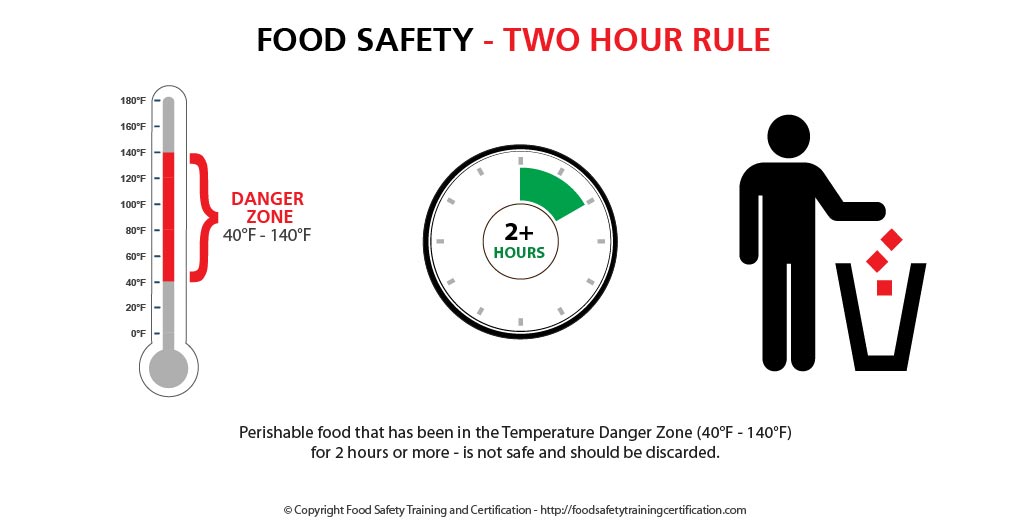Pork is the most consumed animal protein in the world. Pork compares favorably for fat, calories, and cholesterol with many other meats and poultry. While providing a greater amount of vitamins and minerals, many cuts of pork are as lean or leaner than chicken.
But as with all meats, the safe preparation, the cooking of pork to the recommended temperature – and the proper storage of leftovers – must be done in order to prevent food illness.
 Image Source: Shutterstock
Image Source: Shutterstock Foodborne Pathogens Found in Pork
The foodborne pathogens (organisms in food that can cause disease) that can be found in pork are: Trichinella spiralis, Escherichia coli (E. coli) , Salmonella, Staphylococcus aureus, and Listeria monocytogenes.
The Centers for Disease Control and Prevention (CDC) says trichinosis infections are less common than previous decades because of better pork production laws. The parasitic illness is now more often associated with eating raw or undercooked wild game meats, such as wild boar and bear.
- Learn about foodborne pathogens, cross contamination, cold and hot food safety, and best practices to prevent foodborne illness.
- Food Manager ANSI Certification: $99.00 - Valid in all States
- Food Handler Training: Only $7.00!
- 10% OFF: Enter Promo Code "train10off" at Checkout
People can become infected with these bacteria by consuming raw or undercooked pork, or from the cross-contamination of food contact surfaces, such as countertops, cutting boards, utensils.
Symptoms include: nausea, diarrhea, abdominal cramps, followed later by muscle pain, weakness, fever, headache, and sometimes inflammation of other organs.
The USDA recommends cooking pork to an minimum internal temperature of 145°F – followed by a 3 minute rest time. Ground pork, like all ground meat, should be cooked to 160°F.
 Image Source: Shutterstock
Image Source: Shutterstock Pork Food Safety Tips
Remember to follow these important pork food safety tips for safe preparation and cooking:
Don’t Wash Pork
It isn’t necessary to wash raw pork before cooking it. Any bacteria which might be present on the surface would be destroyed by cooking.
Safely Thaw Pork
Never thaw pork at room temperature on the counter or in other locations. There are three safe ways to thaw pork:
- Refrigerator – It’s best to plan ahead for slow, safe thawing in the refrigerator. After thawing raw pork by this method, it will remain safe in the refrigerator 3 to 5 days before cooking.
- Cold Water – Cold water thawing is faster than refrigerator thawing but requires more attention. Put ham in a leak-proof package or plastic bag and submerge it in cold tap water, changing the water every 30 minutes. Estimate about 30 minutes per pound of ham. If thawed completely by the cold water method, the food must be cooked immediately.
- Microwave – When microwave-defrosting pork, plan to cook it immediately after thawing because some areas of the food may become warm and begin to cook during microwaving. Holding partially cooked food is not recommended because any bacteria present wouldn’t have been destroyed. Foods defrosted in the microwave or by the cold water method should be cooked before refreezing because they potentially may have been held at temperatures above 40°F. For additional microwave thawing information, please refer to your owner’s manual. For more information about thawing:
The Big Thaw — Safe Defrosting Methods for Consumers (PDF).
It is safe to cook frozen pork in the oven, on the stove or grill without defrosting it first; the cooking time may be about 50% longer. Use a meat thermometer to check for doneness. Do not cook frozen pork in a slow cooker.
 Image Source: Shutterstock
Image Source: Shutterstock Pork Cooking Temperatures
For safety, the USDA recommends minimum cooking temperatures – as measured with a food thermometer:
- Ground pork patties and ground pork mixtures such as meat loaf to 160°F.
- Raw pork steaks, chops, and roasts to a minimum internal temperature of 145°F.
For safety and quality, allow meat to rest for at least 3 minutes before carving or consuming. For reasons of personal preference, consumers may choose to cook meat to higher temperatures.
| Cut | Temperature |
|---|---|
| Pork Loin/Tenderloin | 145°F – 160°F |
| Pork Chop | 145°F – 160°F |
| Ham | 145°F |
| Ribs | 145°F – 160°F |
| Ground Pork | 160°F |
| Pork Shoulder | 145°F – 160°F |
| Cutlets | 145°F – 160°F |
* Source: FoodSafety.gov
Following these pork cooking temperature guidelines will not only result in a safe eating experience, but also preserve the quality of your meat for a juicy, tender, delicious meal.
Leftovers
- Refrigerate leftovers within 2 hours of coming out of the oven.
- Leftovers will last for 4 days in the refrigerator.
- If you know you won’t use them right away, pack pork into freezer bags or airtight containers and freeze it. For best quality, use your leftover frozen pork within 4 months.

How to Videos from the National Pork Board
Learn about pork cooking with a library of short videos from the National Pork Board. Their videos include instructions on baking pork chops, brining pork chops and breading pork chops.
Note: The National Pork Board does not encourage freezing cooked ham since it affects the quality and texture of the meat. However, leftover ham for use in soups or casseroles can be cut up into slices or cubes and stored in the freezer for 2 to 3 months.
More Pork and Agricultural Resources
- Ag Chat Foundation
- Ag on the Forefront
- Agricultural Entrepreneurship
- Agriculture Proud
- AgWeb
- American Association of Meat Processors
- American Association of Swine Practitioners
- Beyer Beware
- Big Picture Agriculture
- Farmer Bloggers
- Farm Girl with Curls
- FarmHer
- Farm Policy
- Food Swine Iowa
- Mom at the Meat Counter
- National Sustainable Agriculture Coalition
- PRV Fact Sheets (Pork Board)
- SwineWeb
- The Food Dialogues
- The Western Producer
- Think Forward Blog
- USDA Blog
- Why I Farm
